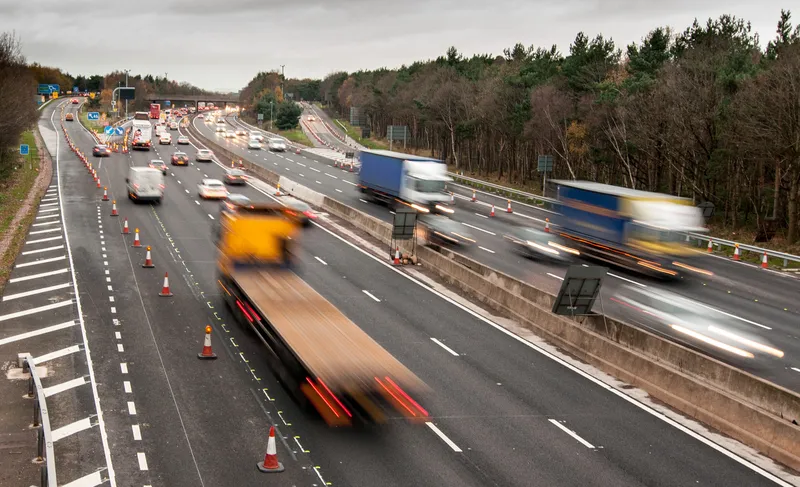It will help in identifying two priority areas for UK standardisation work on connected and automated vehicles and produce a set of recommendations from ITS (UK) to the Centre for Connected and Automated Vehicles and the BSI.
The first meeting was led by Andy Graham, Connected Vehicles Group chairman, and consultant Jonathan Harrod Booth. Attendees included representatives from
The group will now meet virtually to come up with initial recommendations as part of an ongoing dialogue and is expected to deliver initial recommendations in the early autumn.
ITS (UK) helps set the Connected Vehicle Standards
ITS (UK) is working with the British Standards Institution (BSI) to agree standards that connected and automated vehicles should adhere to in order help deliver safety and interoperability for all road users. It will help in identifying two priority areas for UK standardisation work on connected and automated vehicles and produce a set of recommendations from ITS (UK) to the Centre for Connected and Automated Vehicles and the BSI. The first meeting was led by Andy Graham, Connected Vehicles Group chairman,
July 31, 2017
Read time: 2 mins
ITS (UK) is working with the British Standards Institution (7041 BSI) to agree standards that connected and automated vehicles should adhere to in order help deliver safety and interoperability for all road users.









